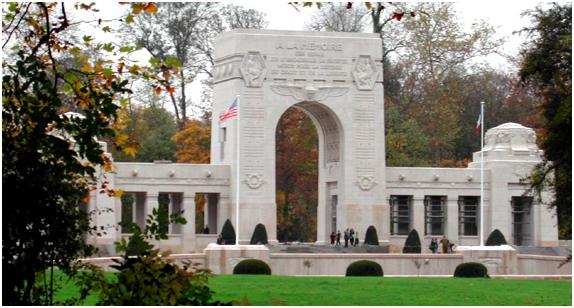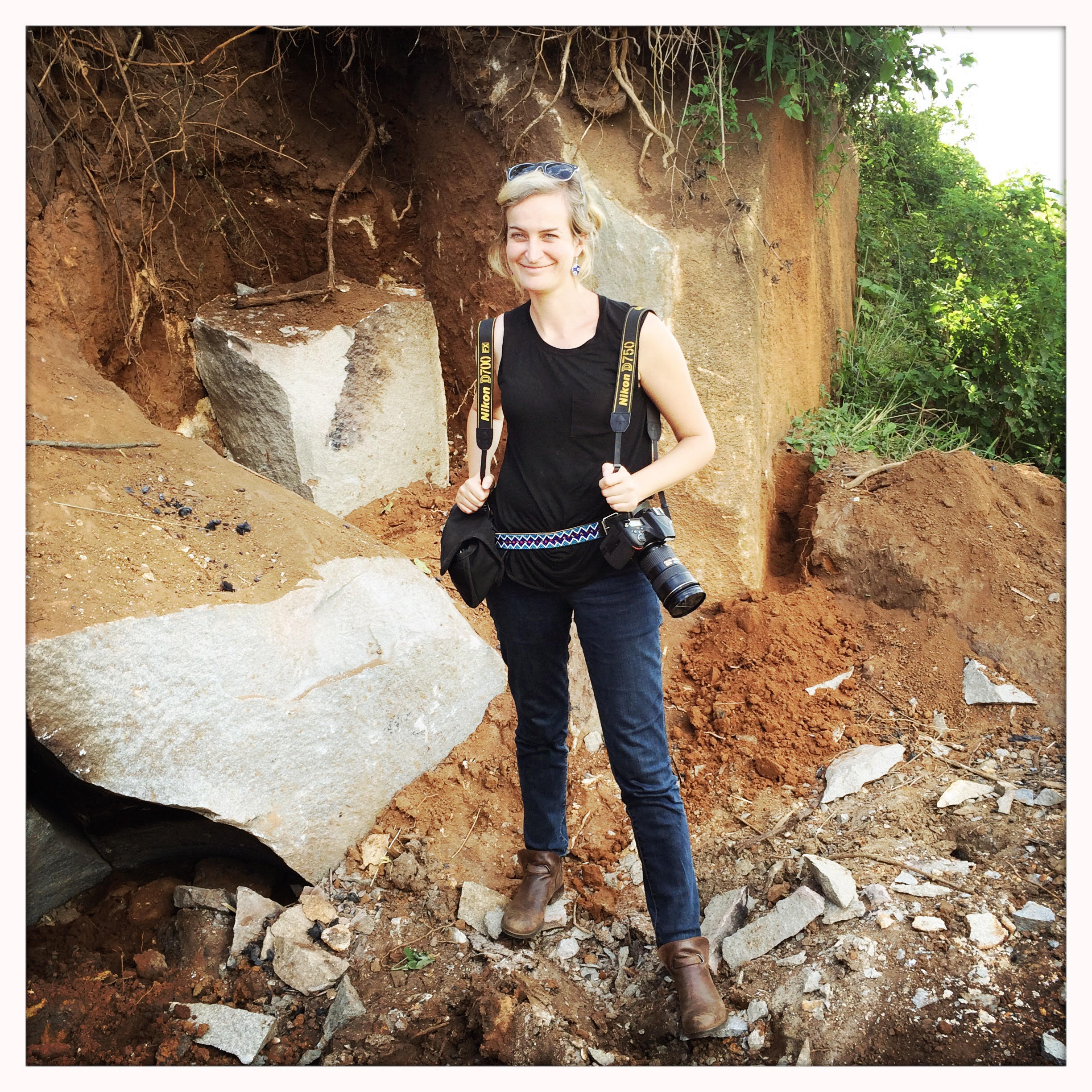Following Trump election in the US last November, Place to B has decided to launch a new project called “Inside Out“. Often times when actors are interior to events, both accuracy and perspective are compromised by being too close to the action; and sadly, often the inverse also holds as well. With Inside Out, we will exit single issue focused, objective, reductive reporting and try together to create a new type of journalistic narrative that takes us beyond the binary. So – perhaps this double Inside Out, Outside In approach would be something you would like to explore with us, to create a journalistic voicing that rises above the deafening solo barrage from our current polarized liberal vs conservative reporting. We hope this interests you and you will help us to create a space for a renewed narrative; and a different, and perhaps more accurate, story.
Inside Out is edited by Sami Cheikh Moussa and Joe Ross.
After two first articles, here is a new piece by Jennifer Huxta from Pennsylvania, USA.
In mid-January, a few days before Trump’s inauguration, I was walking in the forests around Paris. I had done this nearly every day for weeks, trying to assimilate the utter absurdity of his election. At Marnes-la-Coquette, I came across a monument to aviators in the Lafayette squadron, American volunteer pilots who flew with the French in World War I. There was a list of names engraved— the French and American aviators who died—and an arch in creamy stone, and our two flags, French and American, sort of quietly moving in the wind. I sat near the stone arch, arms heavy, falling through layers of history, feeling the weight of the choice to elect a narcissist to make decisions about economics, education, public health.
On June 1st, Trump withdrew the US from the Paris agreement on climate change. I couldn’t watch his speech, but I read his statements, all misleading. The US is the world’s second-worst polluter (emitting around 5,414 million metric tons of CO2 per year) after China. So the fact of Trump’s withdrawal is not only shortsighted but totally blind. Private investors are increasingly supporting renewable energy while the costs of clean tech are going down. In 2016, “investment in renewable energy capacity [outstripped] that in fossil fuel generation for the fifth year in a row,” according to this UNEP / Bloomberg NEF report.. Furthermore, the US invested 59 billion USD in clean energy in 2016: second in the world. Mayors across the country are thwarting his decision to withdraw: as of June 1st, 313 cities have pledged to uphold the Paris agreement and curb emissions to at least 28% below 2005 levels. They include the major urban centers of New York, LA, Houston, Boston, Chicago, Detroit, as well as, I was glad to learn, my hometown of Allentown, PA and the city of my college years, Pittsburgh. When Trump tweeted, “I was elected to represent the citizens of Pittsburgh, not Paris”, Bill Peduto, mayor of the ‘burgh, replied that Pittsburgh stood with Paris and the world. These trends show that American mayors are committed to the future of clean energy and coal jobs are not coming back.

Trump during a rally in October 2016 – the US President faces a backlash against his commitment to leave the global climate change accord . Dominick Reuter/AFP/Getty
But I fear something darker is at play. Trump, with his covfefes and incoherence, serves as a bling-y, blinding distraction, a pile of fool’s gold. He’s the MakeAmerica Great Again Oz, although in this case other unscrupulous men and women are behind the curtain working the levers of power, and they are dismantling the US—our democracy, our institutions—in real time, not to mention unraveling 100 years of diplomacy. Fissures are already apparent: Angela Merkel of Germany said, “The times in which we could completely depend on others are on the way out,” following Trump’s vagueness on European trade deals and article 5—the key principle of collective defense—of the NATO treaty. He rubs elbows with the Saudis, then elbows the Montenegrin PM out of the way for a photo op.
In the hours after the news of Trump’s withdrawal, French president Emmanuel Macron’s speech was a stunning contrast~ He restates the amitié between the French and American people, and even invites Americans to come to France and work on solutions together.

Emmanuel Macron’s Tweet.
The Paris agreement is not just about green tech, reducing carbon emissions, and weaning ourselves from fossil fuels, it is a creative collaboration of nations, who have vowed to come together to write a new story for our future, one in which our cities aren’t destroyed by terrible storms, our friends don’t sicken and die from air pollution, our rivers don’t dry up, our houses aren’t flooded. It is looking at a global problem together, as a we, not as an us-and-them. The fact that the president of the US would walk away from this opportunity for co-operation and unity shows a retrograde mindset that will harm those he claims to support. When he claims to support job-growth at home, he can’t see that those jobs will come from renewables, rather than fossil fuels.
As an American who lived in France for over a decade, I can’t express the level of connection I have to both France and the US, nor how much it cuts that the place that seems more welcoming and inclusive right now is NOT the place I was born, where I am citizen, daughter, taxpayer.
These days, it feels that we are living through seismic shifts in events, with information and news moving at the speed of light, along fiber optic cables. How to make sense of it? What story do we want to write? Where do we go from here? Conversely, when we read about history in books and visit memorials, the narrative is already set, in engraved text and black and white photographs.

The Lafayette Squadron was formed on April 20, 1916; the American pilots fought in Verdun and the Somme. One hundred years later, its memorial crypt has 68 sarcophagi, one for each member of the Lafayette Flying Corps who lost their lives in WWI. There is an arch and a pool of water, those flags, and windows of stained glass. Several of the stone boxes are empty; the remains were never found.
I wonder if those flags are at half-mast today.




